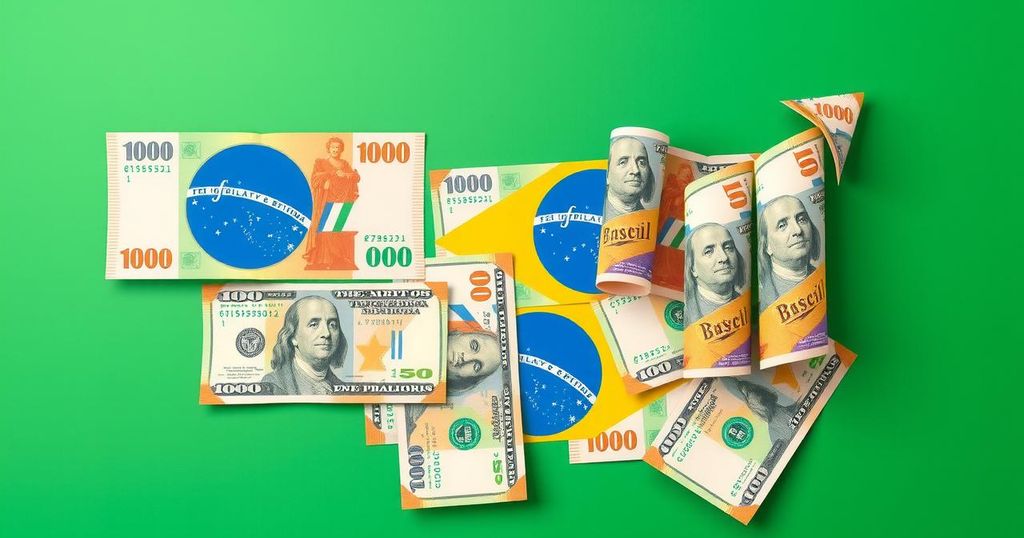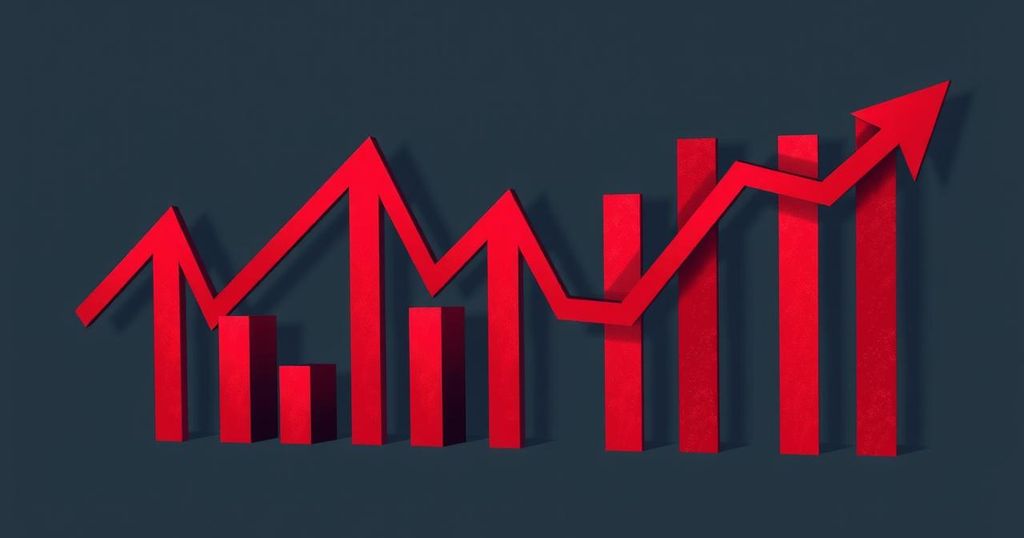In March, the Brazilian real strengthened past 5.7 per USD, reaching a peak since November 2024, driven by fiscal discipline, high interest rates, and external factors such as a weaker U.S. dollar. The National Treasury’s bond issuance curbs and robust trade outlook further support this trend.
In March, the Brazilian real appreciated past 5.7 per USD, achieving its highest value since November 2024. Factors contributing to this rise include fiscal discipline, significant interest rate differentials, and supportive external conditions.
The National Treasury’s decision to limit bond issuances has tightened debt supply, stabilizing yields and underscoring fiscal responsibility. The Selic rate, currently at 11.25%, remains one of the highest worldwide, attracting capital inflows as inflation expectations stabilize, with a 100 basis points rate cut anticipated shortly.
On the external front, a weaker U.S. dollar, influenced by dovish statements from the Federal Reserve, has bolstered demand for emerging market assets, including the Brazilian real. Brazil’s trade outlook is also favorable, driven by iron ore prices exceeding $120 per ton and recovering soybean futures due to strong demand from China.
Beijing’s stimulus initiatives, such as credit expansion and increases in infrastructure expenditure, have further fueled demand for Brazilian exports, thereby enhancing the strength of the real.
The Brazilian real has experienced significant strengthening, supported by a combination of internal fiscal measures and favorable external market conditions. Key factors include a constrained supply of bonds, high interest rates attracting foreign investment, and a robust export environment stimulated by Chinese demand. Together, these influences create a positive economic outlook for Brazil.
Original Source: www.tradingview.com




